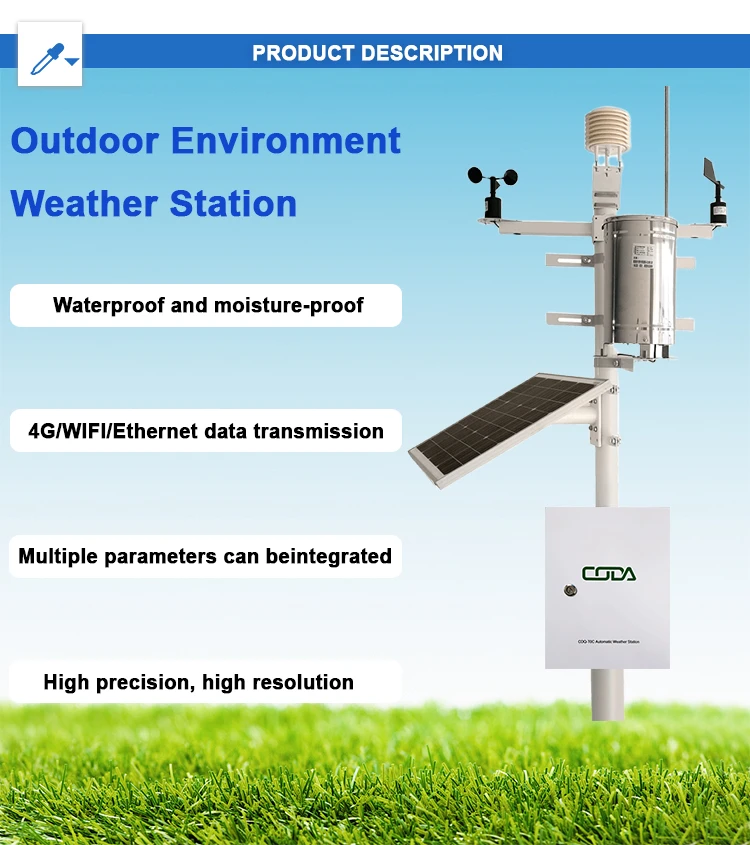
# Automatic Weather Station: Definition and Functionality
## What is an Automatic Weather Station?
An Automatic Weather Station (AWS) is a sophisticated system designed to collect and transmit meteorological data without the need for constant human intervention. These stations are equipped with various sensors that measure atmospheric conditions such as temperature, humidity, wind speed and direction, precipitation, solar radiation, and barometric pressure.
AWS systems have become increasingly important in modern meteorology, agriculture, aviation, and environmental monitoring due to their ability to provide continuous, real-time weather data from remote locations.
## Key Components of an Automatic Weather Station
An AWS typically consists of several essential components:
– Sensors: These measure various atmospheric parameters
– Data logger: Records and stores collected measurements
– Power supply: Often solar-powered for remote installations
– Communication system: Transmits data to central servers
– Mounting structure: Supports and protects the equipment
## How Automatic Weather Stations Work
The functionality of an AWS can be broken down into several key processes:
1. Data Collection: Sensors continuously monitor environmental conditions at predetermined intervals (often every minute or hour).
2. Data Processing: The collected measurements are converted into digital format and checked for quality and consistency.
3. Data Storage: Information is stored locally on the data logger until transmission.
4. Data Transmission: Using various communication methods (radio, cellular, satellite), the data is sent to central databases or weather services.
5. Data Integration: The information is incorporated into weather models, forecasts, and monitoring systems.
## Applications of Automatic Weather Stations
AWS technology serves numerous important functions across various sectors:
– Weather forecasting and climate monitoring
– Agricultural planning and irrigation management
– Aviation and marine safety
– Hydrological monitoring and flood prediction
– Renewable energy production optimization
– Environmental research and conservation
## Advantages of Automatic Weather Stations
The implementation of AWS systems offers significant benefits over traditional manual weather observation:
– Continuous operation (24/7 data collection)
– Reduced human error in measurements
– Ability to monitor remote or hazardous locations
– Faster data transmission and processing
– Cost-effective long-term operation
– Standardized data collection methods
## Future Developments in AWS Technology
As technology advances, automatic weather stations continue to evolve with:
– Improved sensor accuracy and reliability
– Enhanced energy efficiency and battery life
– More sophisticated data processing algorithms
– Integration with IoT (Internet of Things) networks
– Development of miniaturized and portable AWS units
– Increased use of artificial intelligence for data analysis
Automatic weather stations represent a critical tool in our understanding of weather patterns and climate change, providing essential data that supports decision-making across multiple industries and helps protect lives and property from severe weather events.
Keyword: what is automatic weather station
